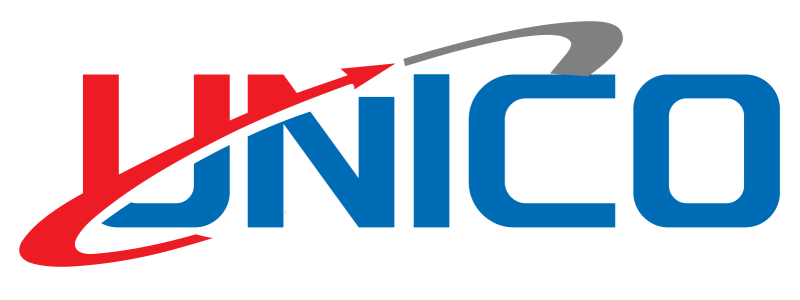While facing severe challenges and pressures from the downward cycle in the steel industry, how can we stay focused and persistently achieve green and low-carbon technological progress? Both enterprises, industries, governments, and society as a whole need to make arduous efforts.The "Three Determinations and Three Don'ts" and "Self-discipline in Production Control and Inventory Reduction" advocated by the Steel Association have achieved good results in the first half of this year. The improvement in steel industry profitability has also strongly supported industry investment in low-carbon technology research and development.Faced with the differentiation of international market low-carbon standards, we need to accelerate the mutual recognition of green product standards and domestic EPD systems internationally to avoid increasing trade costs due to standard barriers.China's steel industry has published over 230 reports on its online EPD platform. Publishing EPDs is no longer limited to large state-owned steel mills, as more and more private enterprises are joining this initiative.On June 25, at the 2025 Annual Meeting of the Steel Industry Low-carbon Work Promotion Committee and Green Low-carbon Development Seminar, Jiang Wei, Deputy Party Secretary, Vice President, and Secretary-General of the China Iron and Steel Association, fully affirmed the achievements of the Low-carbon Work Promotion Committee, carefully analyzed the current basic operating situation of the steel industry, and shared his thoughts on low-carbon development paths.
He proposed that the Low Carbon Work Promotion Committee of the steel industry (hereinafter referred to as the "Committee") shoulders the historical mission of promoting the green and low-carbon transformation of the steel industry. It is necessary to systematically review the past four years, comprehensively sort out the work achievements and valuable experience; We must soberly examine the existing shortcomings and accurately identify the pain points and difficulties on the road to transformation. The core is to gather the wisdom of the entire industry, clarify the main direction and priorities for the future sprint stage, focus on exploring new breakthroughs in the transformation path, stimulate new sparks in thinking concepts, and reach new consensus on key issues.
Thanks to effective self-discipline and production control, steel prices have not decreased with the prices of raw materials and fuels
Overall, from January to May this year, the industry operated smoothly and the economic benefits significantly improved, thanks to the industry's awareness and ability to self regulate and control production. Despite the industry's profitability, the industry achieved a 1.7% reduction in output, which is the guarantee of profitability from January to May this year. "Jiang Wei introduced the specific situation of the industry's operation.
One is that China's steel production and apparent consumption have further declined. From January to May this year, the national crude steel production was 432 million tons, a year-on-year decrease of 1.7%. Equivalent to an apparent consumption of 380 million tons of crude steel in China, a year-on-year decrease of 4%. The characteristics of industry reduction and stock optimization are becoming increasingly evident.
Secondly, steel exports remain at a high level, and the average export price continues to decline. From January to May, China exported a total of 48.469 million tons of steel, an increase of 3.958 million tons or 8.9% year-on-year; The cumulative average export price is 701.6 US dollars per ton, a year-on-year decrease of 10.1%. The total export amount was 34.01 billion US dollars, a year-on-year decrease of 2.4%. Among them, 3.34 million tons of steel billets were exported from January to April this year, an increase of 291.6% year-on-year, accounting for 8.9% of the steel exports during the same period, exceeding the export level of steel billets for the whole year of 2023. Jiang Wei also pointed out that the export of steel billets will reach 6.34 million tons in 2024, a year-on-year increase of 93%.
The export volume of steel billets in the first four months of 2025 has exceeded that of the whole year of 2023, which has to some extent raised mining prices. As a semi-finished product, the surge in exports of steel billets has wasted China's abundant deep processing capacity, consumed non renewable energy and materials, left pollutants and carbon emissions, hindered the upgrading of the steel industry, and intensified low-level market competition. The association has proposed to relevant national departments to restrict the export of steel billets, "said Jiang Wei.
Thirdly, domestic steel prices have continued to steadily decline. From January to May, the average CSPI value was 94.47 points, a year-on-year decrease of 14.51 points or 13.31%. The amplitude of steel prices from January to May is significantly smaller than the same period in previous years: the amplitude from January to May 2025 was 3.22%, lower than 6.18% in the same period of 2024, 8.52% in the same period of 2023, and 5.02% in the same period of 2022, which is relatively consistent with the industry's self-discipline and production control.
Fourthly, the prices of raw materials and fuels have significantly decreased, with a price drop greater than that of steel. From January to May, China imported a total of 486.409 million tons of iron ore, a year-on-year decrease of 5.2%; The cumulative average import price is 98.5 US dollars per ton, a year-on-year decrease of 17.2%. From January to May, the key statistics show that the procurement cost of imported fine ore for steel enterprises decreased by 15.87% year-on-year; country


.png)